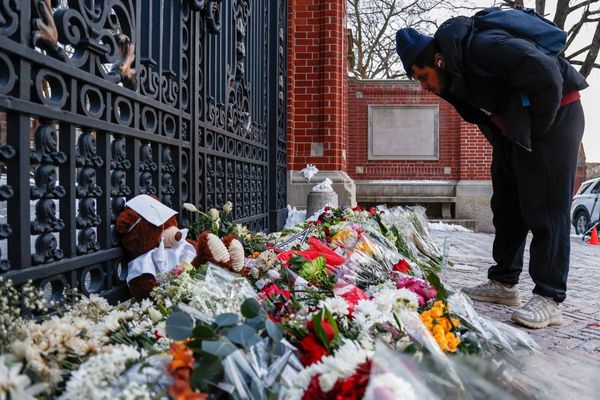Keeping schools safe involves more than just drills and safety measures. It is an ongoing effort to create safe places for students to learn. Tragic events that expose safety gaps prompt teachers, school leaders, and policymakers to rethink their safety plans. The focus should be on quick fixes and long-term solutions that include technology, community support, and proactive strategies. Good security is important for the safety of students, parents, and staff.
Here are some ways to ensure school safety in the long term.
Community Engagement
Involving the community is key to a successful safety plan. Schools are often community centers, making their connection with local people important. When schools work with parents, businesses, and police, they build a support network. Regular meetings encourage open talks about safety issues and prevention strategies.
Training sessions for parents and volunteers on spotting suspicious behaviour can also help. Setting up a community alert system keeps everyone updated and allows quick action when needed. This involvement builds trust and makes everyone share the responsibility for safety, leading to a safer student environment.
Training Programs
Regular staff training improves readiness for different situations. Emergency response, conflict resolution, and mental health awareness workshops give teachers and administrators useful skills. Role-playing drills help staff practice handling real-life situations, boosting their confidence in emergencies. This proactive mindset ensures everyone knows what to do if a situation worsens.
Students also gain from learning conflict resolution and emotional skills. Programs that teach these skills help create a positive school atmosphere, lowering the chances of incidents. The school becomes more secure when staff and students understand how to manage emergencies.
Technology Integration
Technology is essential for long-term safety. Security cameras, entry control systems, and automated alerts can improve safety measures. Real-time monitoring helps track busy areas and discourages unwanted behaviour. Technology can help prevent threats before they happen.
Weapons detection systems for schools are beneficial. They can alert staff right away without disrupting learning. Schools can adopt these systems to enhance safety while keeping a welcoming environment. Quickly identifying threats allows for faster responses, making the school safer overall.
Infrastructure Security
The physical layout of a school affects its safety. Secure entry points, well-lit hallways, and classroom barricades contribute to safety and effective responses. Schools should focus on controlled entrances that require all visitors to check in at one location. This limits unauthorized access and sets clear rules.
Investing in physical barriers, like fences and entry controls, improves safety. These barriers discourage potential threats and make students and staff feel safer. Regular reviews of building designs can pinpoint areas that need improvement, ensuring safety measures adapt to changing needs.
Mental Health Services
Addressing mental health as part of a school security strategy is important. Access to counsellors and mental health professionals helps students deal with challenges. Focusing on mental well-being can prevent violent behaviour and create a more positive school environment. Providing more mental health resources can improve the conversation around school safety.
Programs that promote empathy and understanding help build a culture that cares for well-being instead of fear. When students feel supported, they are less likely to act out or have negative thoughts. Teaching resilience helps students learn coping strategies and strengthens the whole community.
Policy and Protocol Development
Effective policies and protocols set clear behaviour expectations and consequences. Schools must create thorough safety plans addressing all potential situations, from natural disasters to security threats. Regularly reviewing and updating these plans ensures they remain relevant.
Forming a safety committee can help ensure that policies reflect the community's needs and wants. Input from students, parents, and staff can guide improvements to enhance security. Clear communication within these protocols allows schools to respond quickly in emergencies.
Regular Safety Audits
Conducting regular safety audits helps assess how well security measures work. These audits identify weaknesses and areas for improvement. They allow schools to examine physical security, procedures, and community factors that affect safety.
Including local law enforcement in these audits gives extra expertise and resources. Working with safety professionals helps schools stay ahead of potential threats. Schools can take steps to fix issues before incidents occur.







